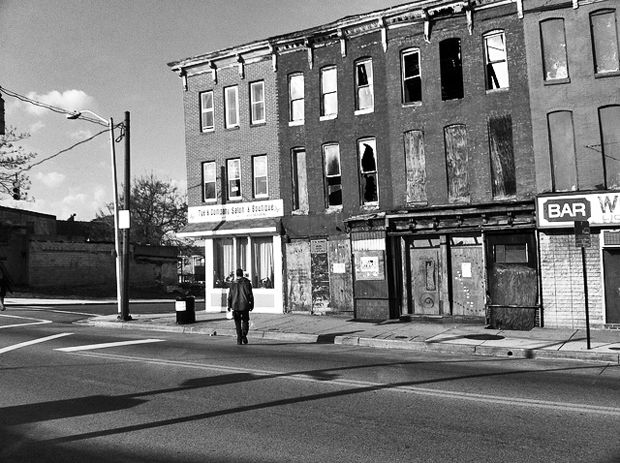On urban semiotics and self image.

In This Means This, This Means That: A User’s Guide To Semiotics, author Sean Hall outlines key semiotic concepts (in which are cloaked Peirce’s sign, object, and interpretant):
Sender (who)
Intention (with what aim)
Message (says what)
Transmission (by which means)
Noise (with what interference)
Receiver (to whom)
Destination (with what result)
While discussing this with senior design students this week, I left campus thinking about how – through individual choices for personal expression via clothing, products, media, the places we choose to inhabit – we form images of ourselves that mean something. To ourselves first and foremost. Then secondarily to others. Therefore, in most cases of forming our own personal mythologies and identity, we are both the sender and the receiver, the intention and the destination. Meaning, the image I try to create of myself needs to be successfully received by myself, with the desired destination. Otherwise, there is cognitive dissonance.
I have always been very sensitive to place, often finding my intention and destination based on where I live to be at odds. For me, semiotics of place has always played a large part in personal fulfillment; for example, whenever I’ve lived in places where there are no mountains (like I do now, and like here, and here, and here), I feel like a square peg in a round hole. I can only imagine this is because I was born and raised in Colorado. Mountains are part of my family-of-origin mental models. Without them, I feel lost; a faux image of my true self. In an interview with Good Magazine about his book, Who’s Your City? Richard Florida says this:
The place we live in is a fundamental contributor to our overall subjective well-being. Most psychologists and behavioral economists have said that the two things that make you happy in life are work that you can identify with and that you find challenging, and having great social relationships.
I think the community we live in is that incredibly important third part of that triangle of human happiness. People put a lot of systematic thought into picking a job and career and selecting a spouse or a life partner. It may be that your choice of neighborhood is equally important.
Urban semiotics. I’m so intrigued.